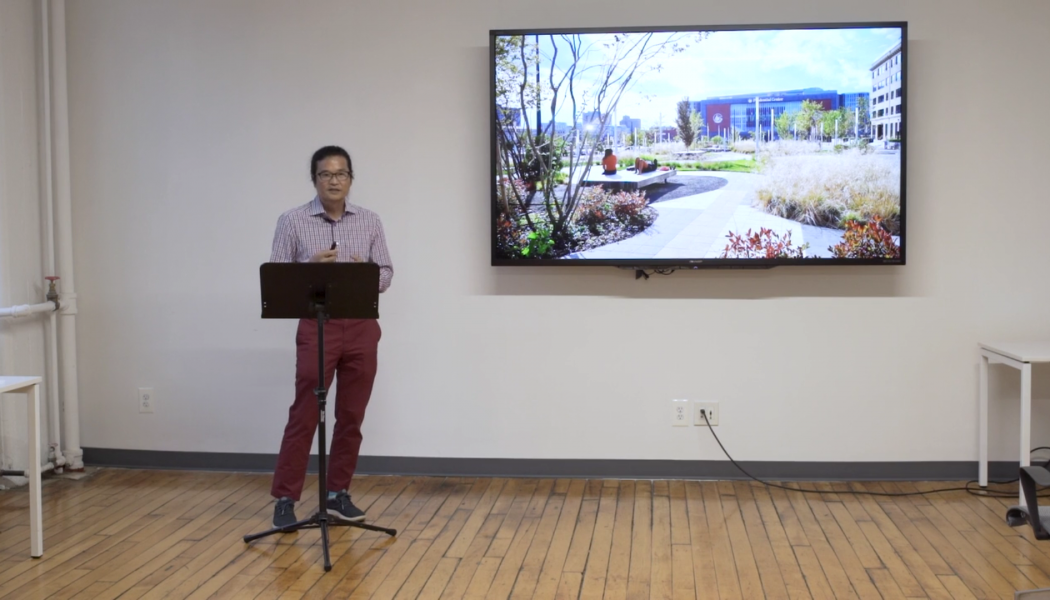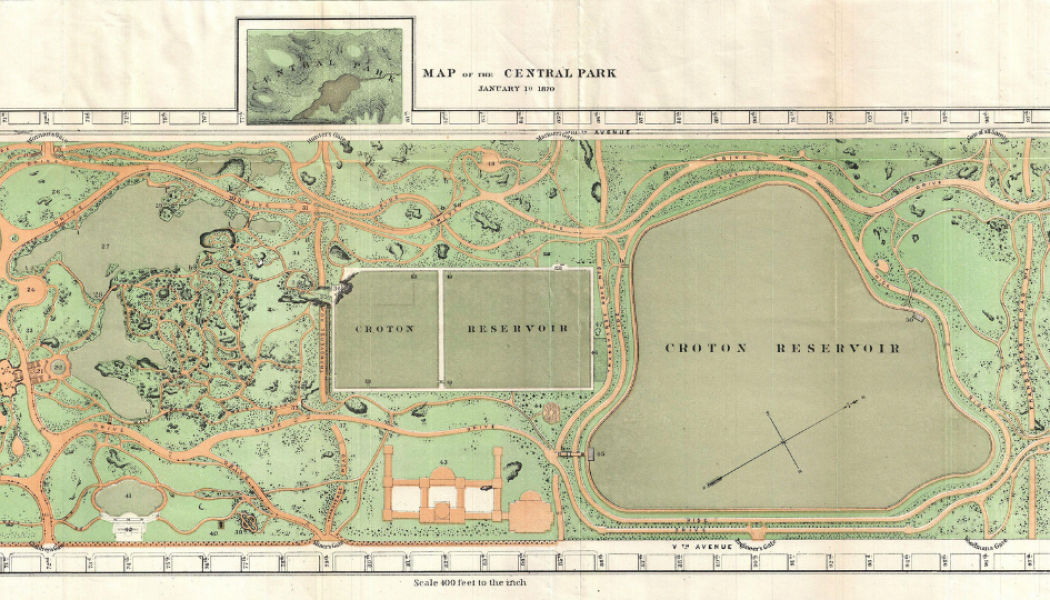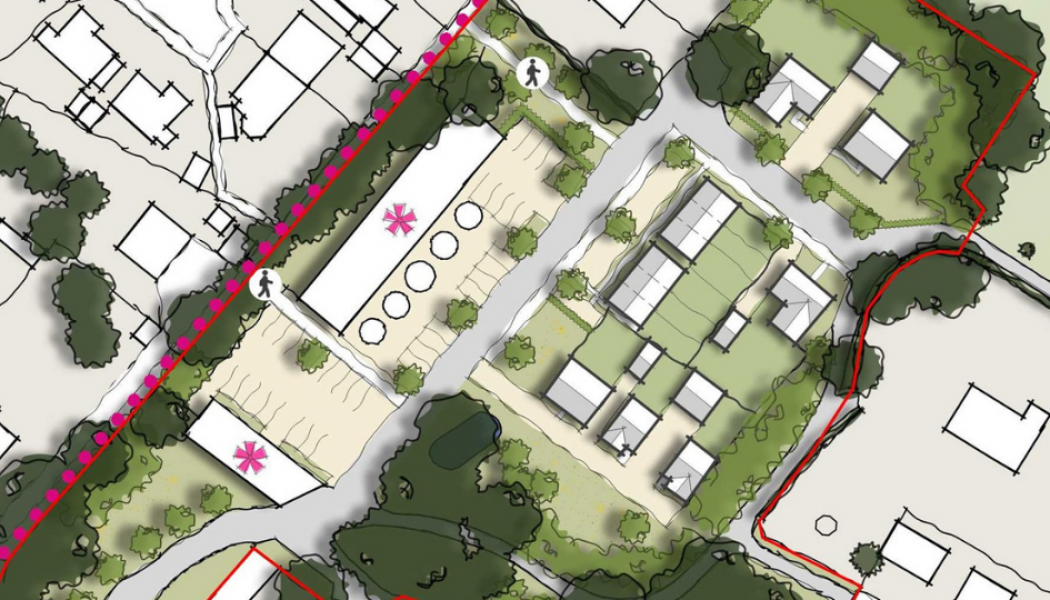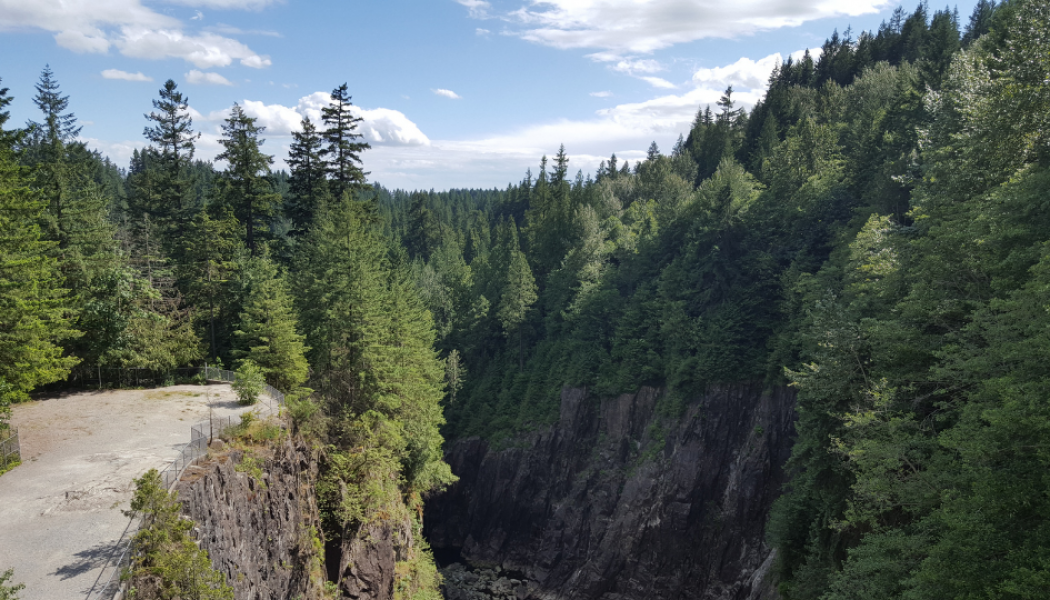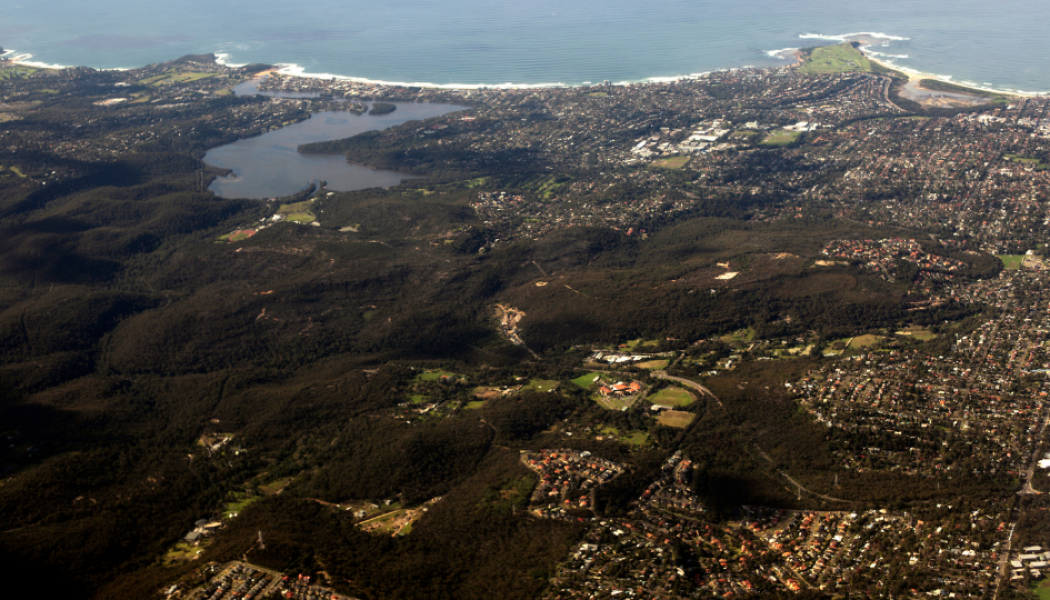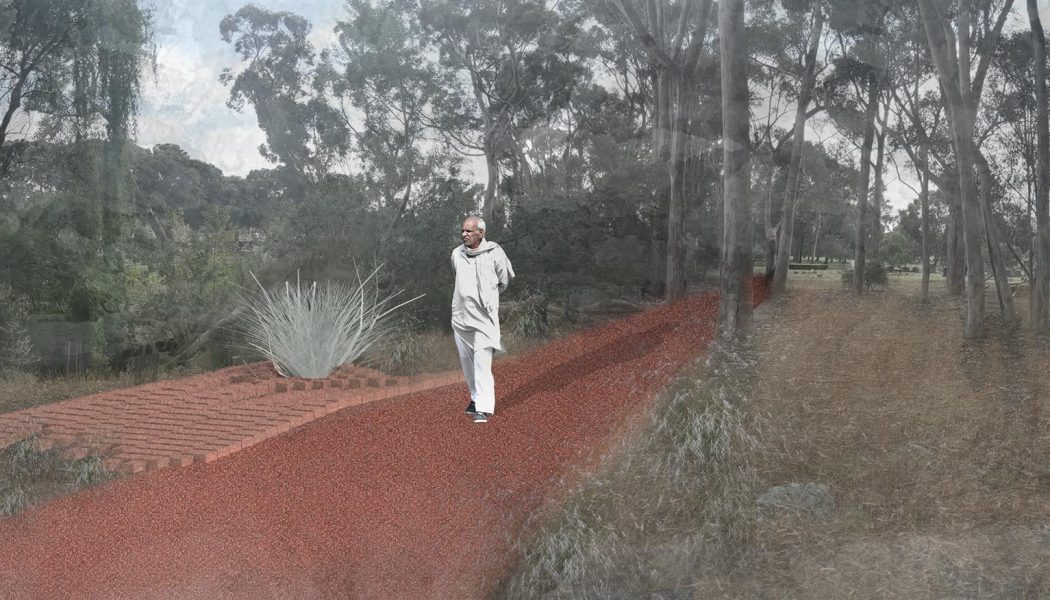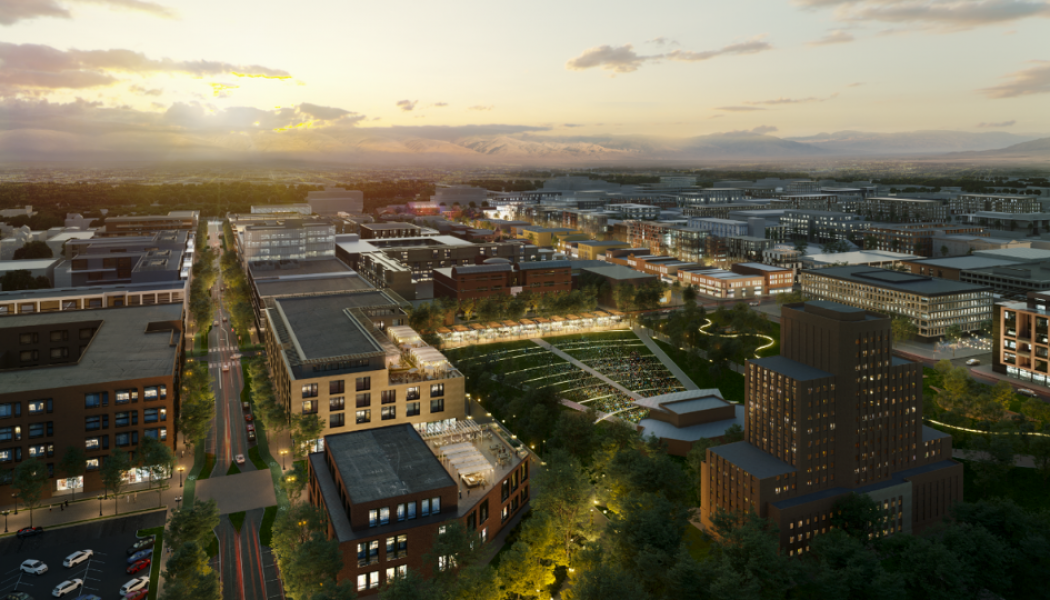Featured
Posts to be featured on the Main Page.
Grounding Stories in Place [Video]
Taewook Cha, founding principal and landscape architect of Supermass Studio, discusses how stories in the landscape are the key to professional excellence at the Land8x8 Lightning Talks. With 25 years of experience, Cha notes how landscape architects often use phrases and terms that seem like vaguely grand yet promising gestures. “Urban Life Forms” and “Exemplary Environments” seem like shining examples of design integrity but lack clear meaning and impact. Thus, the outlook of landscape architecture may not fall in the pinpointing of the terms that buzz the community. “There were times where we believed the future of landscape architecture depended on our ability to conceptualize and theorize abstract words, but the future relies on our ability to relay people’s stories through the landsc...Read More
Finding Inspiration in Unlikely Places to Create Something Extraordinary
After being in the Landscape Architecture industry for over 40 years, I’ve learned that you can often find inspiration from places you least expect. Traditionally, I brainstorm and find ideas from looking at cutting-edge architecture, contemporary artists and nature, and I try to frequently think outside the box and see things from different points of view. One of my favorite sources of inspiration is Leonardo Da Vinci. He never looked at other artists’ work for inspiration, as he knew that he would never come up with something new if he was mimicking or creating a different version of what already existed. Even though I often try to push my own creativity, I’m still sometimes surprised by the places I can find new ideas. For one of my latest projects, something truly unique inspired...Read More
Landscape Architecture, Media, and NJASLA
“Frederick Law Olmsted is rightly remembered as an eminent landscape architect, but in 1861 it was his work as a journalist and an administrator that brought him acclaim.” (New York Times) That’s right, even Olmsted knew the power of journalism and media to advance the causes he would champion, particularly his antislavery views. This year, at the New Jersey Chapter of the American Society of Landscape Architects (NJASLA) Annual Meeting, the theme is “The Legacy of Olmsted: Landscape, Advocacy and Communication”. This theme recognizes the accomplishments of Frederick Law Olmsted beyond the landscape, including his commitment to advocacy in the public realm and as a journalist. The various education sessions, both in-person and virtual, explore this same multi-disciplinary...Read More
Why Deforestation Is Not Always Bad
Forests represent the green lungs of Europe. They can provide an essential resource not only at an ecological level but also at an economic level. The interest among the European community in wooded areas has grown dramatically in recent years, partly due to the contentious issue of global warming. This article sets out an argument for controlled “deforestation”, as an important maintenance tool for the health and vitality of forests. We also present a series of solutions to the issue of uncontrolled forest expansion in order to preserve the forest flora and fauna while encouraging close contact with our environment in order to develop a sustainable rural sector. Forest as Both Land Use and Habitat Europe’s forests span 182 million hectares or 5% of the world’s forest area. The...Read More
Why Multidisciplinary Firm FPCR Chooses Vectorworks Landmark
Collaboration is important in any design discipline, and it’s especially true in landscape architecture, which often requires the input of architects, civil engineers, structural engineers, arboriculturists, ecologists, and more. It’s not often that this collaboration is handled in-house. Most of the time you’ll see the landscape architecture firm working with external consultants for these design elements. FPCR, a multidisciplinary UK-based firm, is an exception to this norm. By employing in-house arboriculturists, ecologists, architects, and survey teams, the firm can deliver projects more efficiently than if they were back-and-forth with external stakeholders. The historically AutoCAD-based office has recently seen a surge in use of Vectorworks Landmark. The software transition is spear...Read More
The Secret Life of Unfocus for Creative Work
Has your mind ever wandered in a meeting? You start daydreaming and the speaker’s words fade away. We do this all the time. In fact, we do it between a third to half of our waking hours according to a study by Killingsworth and Gilbert in 2010. When we’re lost in thought, we shift from the central executive network (CEN) in our brain, which focuses on tasks, to the default mode network (DMN), which produces a more unfocused state of mind. Scientists did not place much value on this state for decades and, in the example above, it is not particularly helpful. But, appropriately acknowledged and harnessed, it can be a valuable tool with the work that we do as creative professionals according to Srini Pillay, M.D. in his book Tinker, Dabble, Doodle, Try. We are built to respond to life in rhyt...Read More
Landscape Architecture Can Better Contribute to Greener Recoveries: 3 Key Strategies
I was born, raised, educated, and practiced landscape architecture in the UK, before moving to the US and a role in design in education 14 years ago. Both of my “home countries” are currently considering future trajectories for resilient economies and greener recoveries, and here I offer some brief reflective remarks and formulate three key strategies for landscape architecture to contribute to the build-back better rhetoric that is emerging on either side of the Atlantic. In the US, the Green New Deal resolution (GND), published by Representative Alexandria Ocasio-Cortez and Senator Ed Markey around two years ago, sets forth an economic stimulus and mobilization framework for decarbonization and social equity. While the GND, at present, amounts to little in the way of specifics for its vi...Read More
Winter City Design: Creating Attractive Public Spaces
Winter is a season where the contrast between indoors and outdoors is most noticeable. During the winter, indoor spaces are warm, cozy, and bright while the outdoor spaces are cold, wet, and dark. Many people don’t want to spend their free time outside. This causes physical inactivity and may lead to some health problems, but there is a solution to this that lies in urban design strategies of winter cities. In this article, we look at some winter urban design and landscape architecture strategies that will help built environment professionals to design more lively, active winter cities. Design of Winter Cities These cities are usually cold for most of the year, and health problems such as seasonal depression can occur due to low light exposure and the decline in social and physical activit...Read More
Re-orienting the Void: Melancholy Landscapes & Cultural Diversity
During the peak of various pandemic lockdowns in 2020/21, people took advantage of exploring their cities in ways they hadn’t before, from suburban parks to urban green space. For me, the local cemetery became one of the best places to go for the designated hour of exercise Melbournians were allocated each day during the peak of the Australian lockdown. Whilst on these walks, I discovered uncomfortable spaces where minority cultures were forced into spatially awkward and marginal locations. This observation prompted reflections on the why these marginal spaces and cultures were not given equal importance within a mourning landscape? And how could a new layer be added that respects the marginal whilst also acknowledging the heritage value of the cemetery? ‘Re-orienting the Void’ sets out to...Read More
Solving for Economic Dilemmas by Creating Complete Communities
At one point it was said that all roads led through Ogden, Utah. Downtown Ogden was once the bustling center of the American West. Located just miles from the Golden Spike, where the Central Pacific and Union Pacific Railroads came together to create the first Transcontinental Railroad, the rail economy created great wealth for the residents of Ogden, with the concentration of the investment focused on the City’s Union Station at the core of Downtown. At the turn of the century automobiles dominated the west and brought on the decline of rail travel. As such by the 1950s, Downtown Ogden saw a swift decline in both its population and its economic strength. By the 1980s, blocks of formerly thriving businesses had been reduced to vacant storefronts. Downtown Ogden was a shell of its vibrant p...Read More
The Value of Employee Ownership: Five Best Practices to Consider
As companies built on strong long-term relationships and a commitment to client service, landscape architecture firms thrive when employees deliver high-quality results every time. Recruiting and retaining high quality design and planning talent is critical to achieving this. Retention of top talent goes beyond benefits and compensation, it requires a strong corporate culture that provides employees a stake in the organization. In fact, research continues to demonstrate that employees who have a stake – either through profit sharing or ownership shares — in the company they work for tend to be happier, more committed employees. In 2020, amidst a global pandemic and a time major uncertainty, Design Workshop announced its 100% Employee Stock Ownership Program (ESOP) giving employees so...Read More



